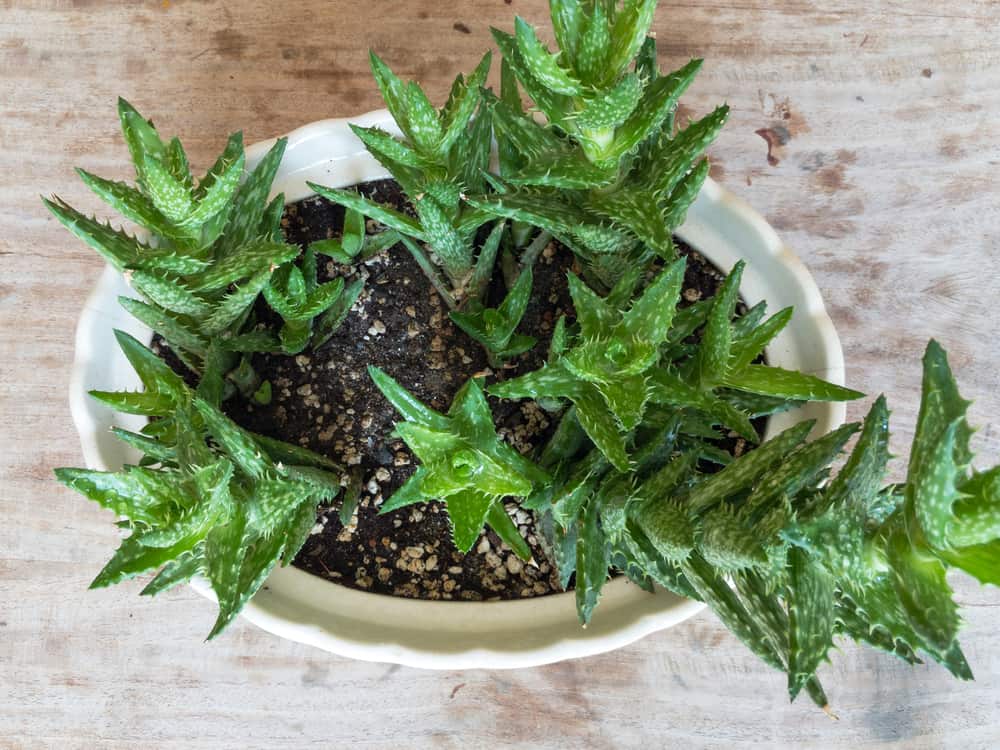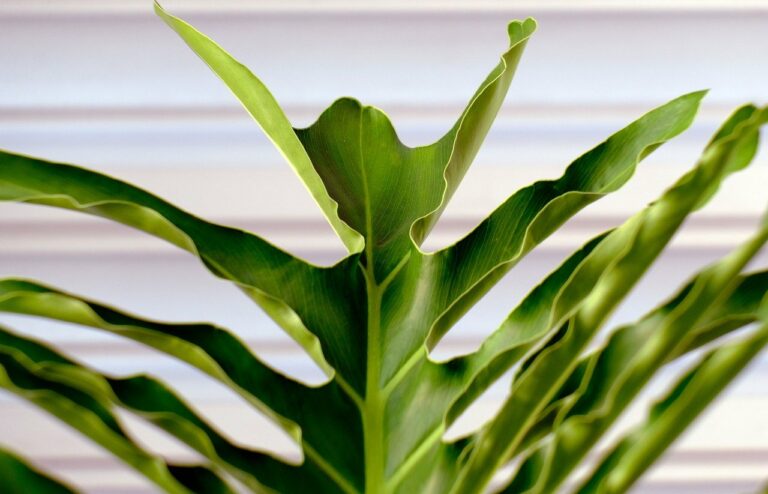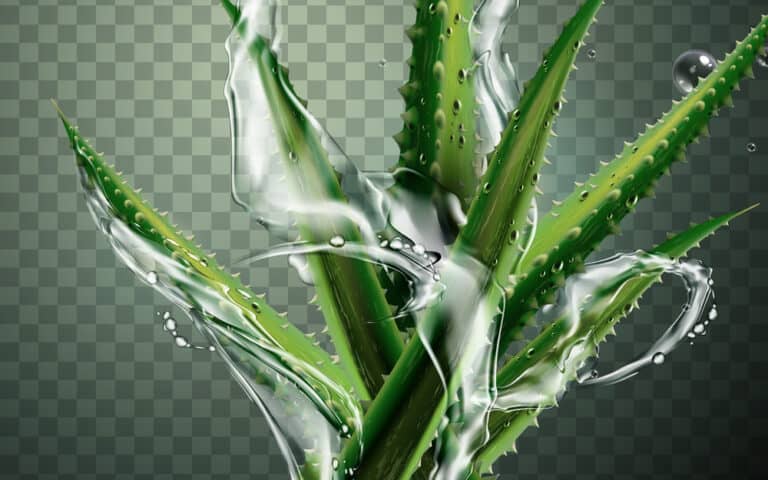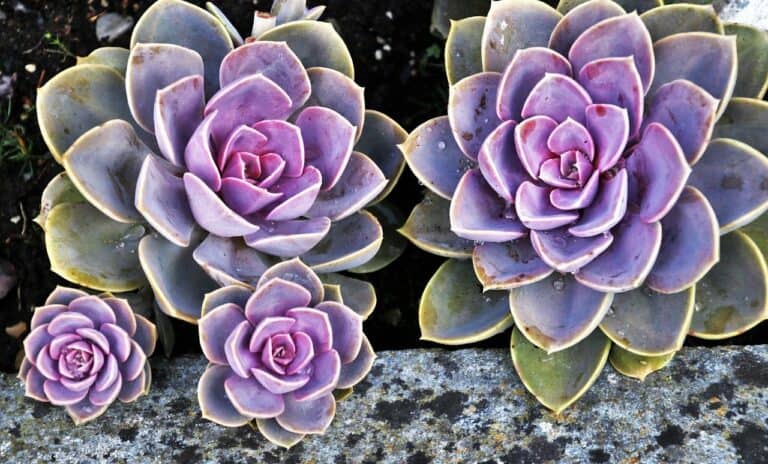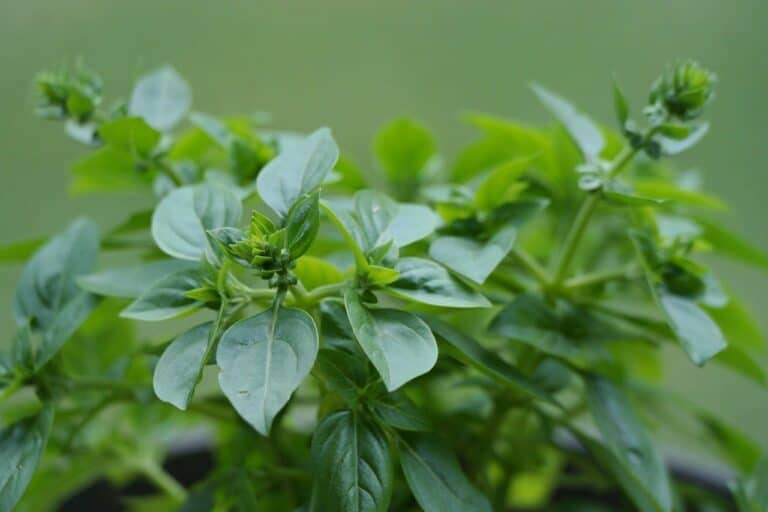Table of Contents
Tiger Tooth Aloe – Aloe Juvenna
In nature, there are many types of aloe; among them, there are the best known for their potential and the less known ones that do not have the same characteristics as the others, but in the case of juvenile aloe with depurative properties, they are not lacking and are also used in the therapeutic field.
Aloe Juvenna is a succulent plant that grows in clumps, branching from the base; It also belongs to the Asphodelus family. It is native from southwestern Kenya to northern Tanzania, evident from how much it loves the sun.
Brandham and S. Carter, two European botanists, discovered this species; its full scientific name is Aloe Juvenna Brandham and S. Carter. The particular epithet “Juvenna” (young) comes from the Latin “iuvenīlis,” from which the English term “juvenile” derives.
The name came from the name of this plant when it was first discovered due to its small size, calling it “dwarf aloe.” The common name “tiger’s tooth” comes from the sharp, menacing edges of its leaves. These triangular sets of Aloe Juvenna leaves are known for their thick clusters.
One fact that distinguishes Aloe Juvenna from all other species in the region is that this species is tetraploid. Therefore, it has a double set of chromosomes (28) instead of 14. Another name for tiger tooth aloe is “Zanzibar aloe.”
To grow an aloe Juvenna or Tiger Tooth Aloe (also called Aloe Zanzibarian) plant, it should be kept in semi-shade during warm periods and preferably during the winter, possibly creating a unique cover in the face of sunrise.
Description
Aloe Juvenna – Tiger Tooth Aloe is a well-known branching succulent plant with slender, erect to bent stems, triangular solid leaves, and a small compact rosette at the apex of the inflorescence. It grows in clusters of stems up to 60 cm long that branch from the base.
The leaves are green with reddish-brown tones and creamy white spots in daylight. The marginal teeth of the leaves appear sharp. However, even though they look strong, they are
soft and not itchy to the touch. As a result, the “teeth” are spines that grow along the edges of the leaves, giving the rosette the appearance of a tiger’s jaws.
Flowers are crimson to orange-red with a yellow-green mouth. They flower in summer on a spike that can reach 25 cm in height and is usually unbranched. Aloe Juvenna or Tiger Tooth Aloe is often confused with Aloe squarrosa. Aloe squarrosa, on the other hand, has longer, curlier leaves.
Uses
The rosettes multiply rapidly, forming a dense ground cover. When planted in hanging baskets, Aloe juvenile rises to a magnificent display. It is best used as a ground cover or border for rock or succulent gardens. It can also be grown as a stand-alone plant or as part of an arrangement of succulents or cacti in containers or pots.
Climate Adaptation
This colorful aloe thrives in hot, dry regions. It is vigorous and easily adapts to new situations.
The “wet and dry” method is the most effective way to water Aloe Juvenna. Once the sturdy stems no longer support themselves, Aloe Juvenna makes an intriguing ground cover, creeping over rocks or buildings. If this plant is preferred outside, it is essential to ensure plenty of direct sunlight and occasional shade.
Although this succulent is adapted to a hot climate, it can sunburn if exposed to excessive light. It only requires about 6 hours of direct sunlight per day. This aloe is an excellent choice for a houseplant. If kept indoors, a warm room with lots of natural light is best. However, this succulent is not very hardy when it comes to cooler temperatures. For the northern hemisphere, the optimal location is a south-facing window.
Propagation
Aloe juvenile cannot be propagated by leaf cuttings, unlike many other succulents. In contrast, Juvenna and other Aloe species reproduce primarily asexually through young plants, adjacent mini-versions of the parent plant. They often share root systems that contribute to incredibly knotted root bundles.
In full sun, the rosettes turn a reddish-brown color. The old leaves remain green as the stem lengthens, forming a distinctive, dense rosette. The branches grow at their base or sometimes higher, developing a thick mat. A cluster of tubular red flowers is transferred to the unbranched inflorescence.


